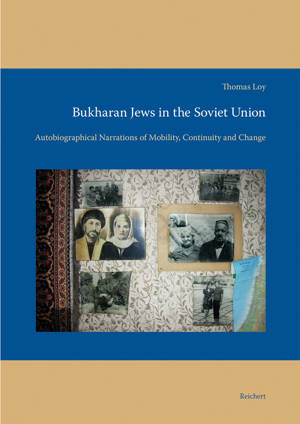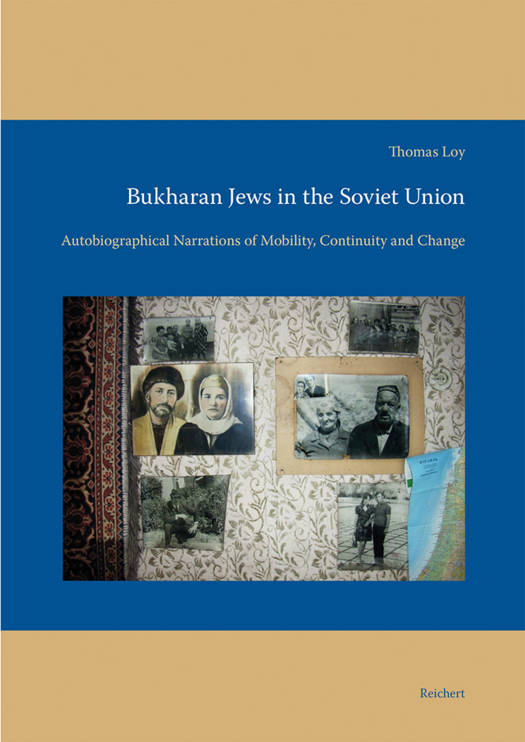
- Retrait gratuit dans votre magasin Club
- 7.000.000 titres dans notre catalogue
- Payer en toute sécurité
- Toujours un magasin près de chez vous
- Retrait gratuit dans votre magasin Club
- 7.000.0000 titres dans notre catalogue
- Payer en toute sécurité
- Toujours un magasin près de chez vous
Bukharan Jews in the Soviet Union
Autobiographical Narrations of Mobility, Continuity and Change
Thomas Loy
285,45 €
+ 570 points
Description
The Jews of Central Asia, commonly known as "Bukharan Jews", have a long, eventful and fascinating history. Today their communities are spread all over the world. After the breakdown of the Soviet Union, we witnessed an exodus of Bukharan Jews from Central Asia to Israel, the United States and--to a lesser extent--to Europe. Since then Bukharan Jewish life has almost vanished in the Central Asian republics of Tajikistan, Turkmenistan and Uzbekistan. Yet the mobility of members of this group is not a new phenomenon, it was also very high before and during the Soviet period. At the end of the 19th century a Bukharan Jewish quarter was established in Jerusalem. Jews from Afghanistan and Iran (and the Emirate of Bukhara) came to and settled in towns of thriving Russian Turkestan. Bukharan Jewish traders and entrepreneurs connected Asian and European markets. In the 1920s and early 1930s, before the Soviet southern border was finally sealed, about four thousand Bukharan Jews fled from the Soviet Union to Palestine via Afghanistan and Iran. Legal emigration started in the early 1970s and intensified in the late 1980s. At the same time Bukharan Jewish mobility within Soviet Central Asian was high. Bukharan Jews followed the Soviet progress and moved on to Tajikistan, Kasakhstan and Kirghistan and founded new communities there. Based on autobiographical narrations recorded in Central Asia, Europe, and Israel this study aims at a deeper understanding of the history, the individual trajectories and the cross-border migrations of this Jewish diaspora group in Soviet Central Asia and beyond. Each of the autobiographical narrations presented in this study on Bukharan Jews is unique. Seen collectively, they amount to a comprehensive survey of Bukharan Jewish experiences in the twentieth century, enabling the reader to gain deep insights into the varied lifeworlds and mobility of this community in Soviet Central Asia and beyond. The case studies and narrations of Bukharan Jewish pasts presented in this "oral history" will also serve as a corrective for interest-based identity constructions and attempts to oversimplify and unify 'national' histories and therefore contributes to a better understandeing of Soviet- and Central Asian history and society.
Spécifications
Parties prenantes
- Auteur(s) :
- Editeur:
Contenu
- Nombre de pages :
- 304
- Langue:
- Anglais
- Collection :
- Tome:
- n° 16
Caractéristiques
- EAN:
- 9783954901845
- Date de parution :
- 30-06-16
- Format:
- Livre relié
- Format numérique:
- Genaaid
- Dimensions :
- 170 mm x 240 mm
- Poids :
- 738 g

Les avis
Nous publions uniquement les avis qui respectent les conditions requises. Consultez nos conditions pour les avis.






